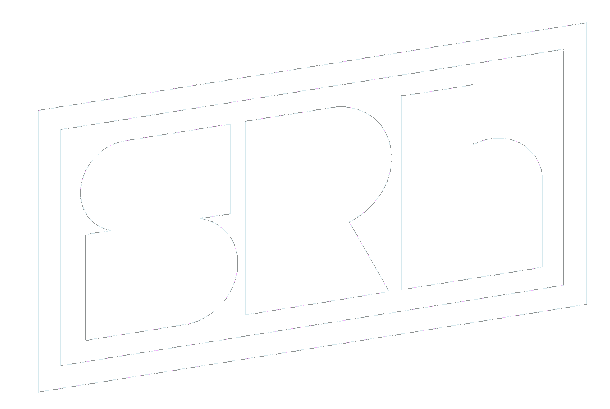Distinctiveness Trumps Differentiation
What’s the difference between Coke and Pepsi — the actual products, not the brands? Adidas and Nike? Chase and Bank of America?
The research is in — most consumers don’t understand the difference between products, despite all the effort we as marketers put into differentiating with “unique selling propositions.”
There’s an antidote: invest in distinctiveness versus differentiation, making your brand easier to remember and recognize.
Differentiation vs. Distinctiveness
Differentiation is about features of a product or service that differentiate a brand in the eyes of the customer. Think of Miller Lite’s “less filling” claim.
Distinctiveness is all about making your brand easily identified by customers. Miller Lite's iconic white can design and even the spelling of “Lite” are things that help give the brand distinction.
Focus on Establishing Distinctive Brand Assets
Distinctive Brand Assets (DBAs) are unique, ownable brand cues that build mental shortcuts and influence the brain’s fast, intuitive and emotional System 1 decision-making. They’re your colors, logos, fonts, graphic elements, packaging, slogans, brand history, characters, jingles and other sonic cues — pretty much everything except your brand name.
Think “McDonald’s.” What did you see in your mind? The golden arches? A Big Mac? Did you hear ”I’m loving it?” These are distinctive brand assets that
McDonald’s has made famous because they’re unique, and the company has invested in them heavily and consistently over time.
Which distinctive brand assets of yours are worthy of investment? Map them using the matrix below.

In this example, Burger King recently unearthed and refreshed its unique “Have it your way” jingle, which had lost its fame because it hadn’t been used since the 70s. Now, it’s a distinctive brand asset for a whole new generation.
If your DBAs are both famous (widely recognized) and consistently linked to your brand by category buyers, wonderful. Use them everywhere. If they’re unique in your category but not widely recognized yet, consider investing in them to make them famous. Avoid, ignore or test assets that aren’t unique.
Of course, DBAs don’t have to be old. You could create a new character — your version of Tony the Tiger or Flo from Progressive. You could add a jingle to your inventory. Or if jingles aren’t your thing — even though they are wildly effective — you could add an audio logo like NBC’s chimes or Law & Order’s stinger. Once you commit to a distinctive brand asset, old or new, use it everywhere possible to build mental availability in the minds of consumers.
It can be tempting to scrap your logo or brand colors for something new and shiny. Don’t. Your DBAs are the instant mental shortcut consumers take to get to your brand, and they are valuable. Back in 2009, Tropicana launched their new packaging for its Pure Premium orange juice. Within two months, sales dropped by 20%. Tropicana lost $30 million because customers literally could not find it on the shelf. They would have been much better off had they done exactly nothing. So if your logo needs a refresh because it’s been 10 years, great, but don’t fundamentally alter it.
And what about differentiation? Is it dead? Not at all. Nor is the debate between differentiation and distinctiveness, and we’ll probably return to it later on in this series. Differentiation works really well if your brand has a clear, meaningful feature or benefit — something your competitors can’t, don’t or won’t offer. Just make sure it’s a difference that is clear and meaningful to your customers.
Like everything else, growing market share takes time, continued investment and a steady hand on the tiller. Empirical marketing will get you where you want to go faster and more effectively.
Clearly, we love talking about the Principles of Empirical Marketing. Because they work. And if this is the kind of stuff you geek out about too, let us know by replying to this email. It'd be great to hear from you.
Next time, we’ll focus on Category Entry Points. See you then.
Further Reading
Chapter 8 of “How Brands Grow” by Byron Sharp
“Marketing lesson: The differentiation and distinctiveness debate,” Paul Dervan, WARC

